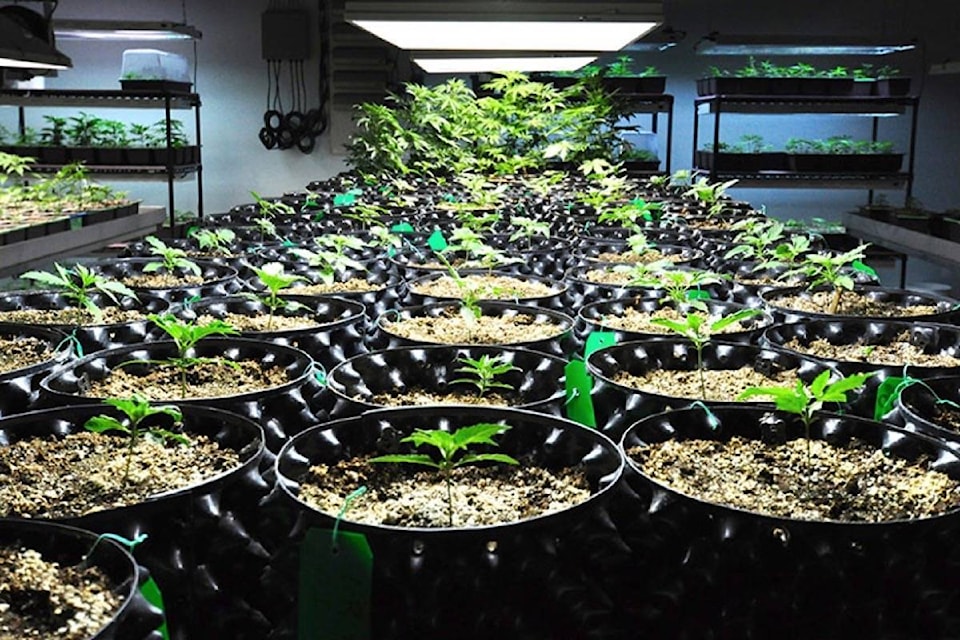A policy revision at Columbia Shuswap Regional District supports cannabis being grown in agricultural zones.
At the CSRD’s board meeting on Thursday, July 18, the revised policy and its related motions received unanimous support.
The changes follow suit with Agricultural Land Commission (ALC) policy addressing zoning in which cannabis growth is allowed.
Read more: Hergott: Medical cannabis and ICBC
Read more: Health Canada revokes licences of B.C.-based pot producer Agrima Botanicals
Previously, the ALC limited cannabis growth to strictly industrial land, but that changed in February 2019.
The former regulation was repealed and the “ALR Use Regulation” was created. This change made it so all forms of cannabis production are now considered as a farm use.
With this change, the CSRD had to follow suit and update the Cannabis Related Business Policy, specifically the criteria that must be met for a cannabis-related business that wish to operate within the CSRD’s boundaries.
The CSRD’s revised policy says cannabis cultivation may only be permitted in zones that allow agriculture or cannabis production. The updated policy also states that cannabis processing (in which more than 50 per cent of the farm product is sourced off-site) is permitted in the same zones.
The CSRD policy mentions the criteria are subject to change on a site-by-site basis, in consideration of local factors
“The main difference with this is now, if you want to create a building and grow your cannabis in a building, you can do that in any area that is zoned for agriculture, whereas before you couldn’t,” said Tracy Hughes, communications director for the CSRD.
Read more: B.C. VIEWS: Will the NDP lose money selling marijuana?
Read more: Two more downtown Salmon Arm cannabis stores approved
Changes were also made to the minimum separation distance between cannabis production facilities for both zoned and un-zoned areas. In the past, a minimum separation distance of 300 meters was recommended between cannabis related businesses and public buildings like health-care facilities, libraries and parks. That distance has now been reduced to 100 meters.
@CameronJHT
Cameron.thomson@saobserver.net
Like us on Facebook and follow us on Twitter.
